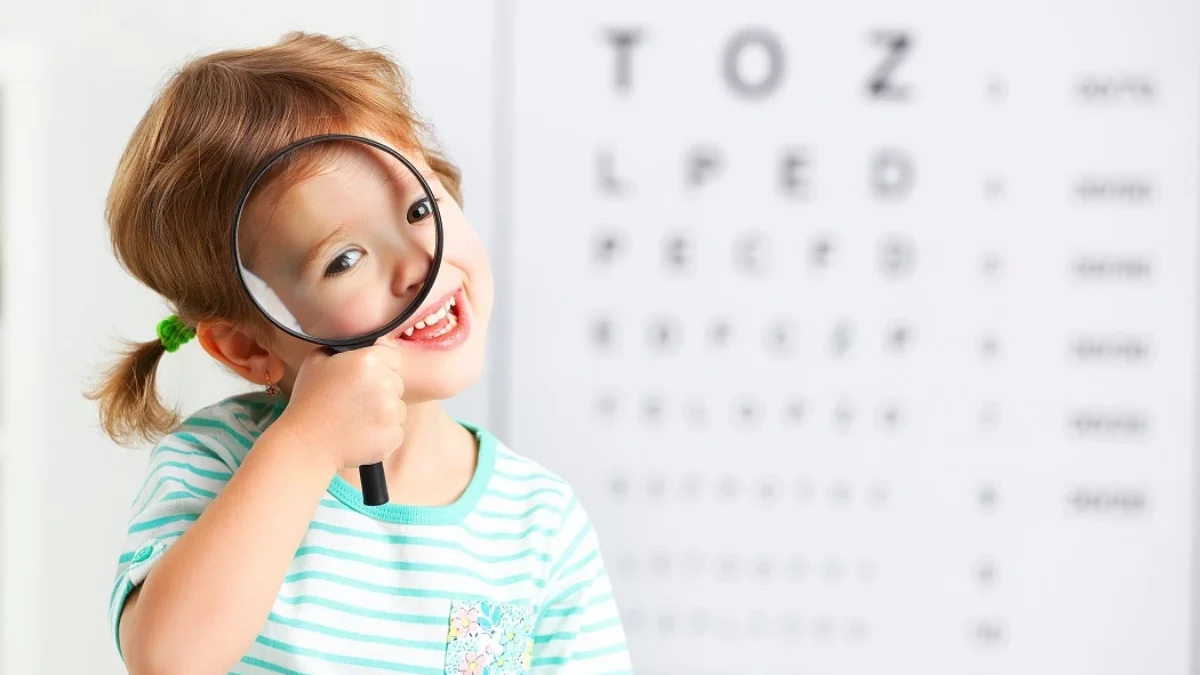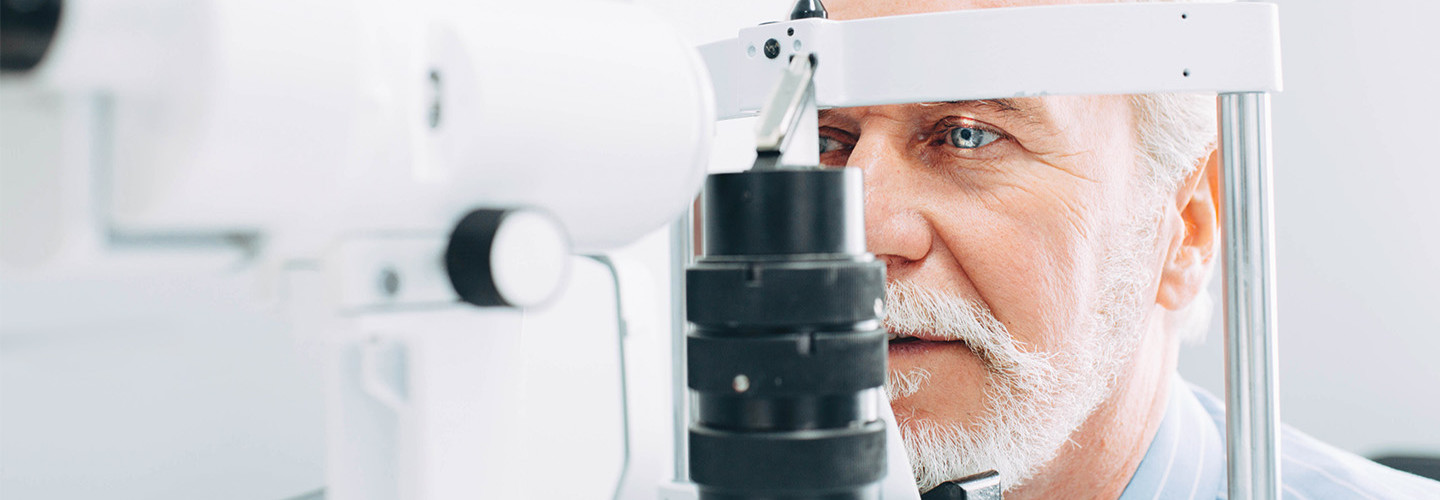All Categories
Featured
Unlocking Opportunities: Comprehensive Low Vision Rehabilitation Alternatives.
Dealing with reduced vision can offer distinct difficulties, but modern rehab methods equip people to adapt and flourish. From advanced innovation to hands-on training, there are various choices developed to improve every day life and foster independence. Here's a thorough consider the diverse recovery remedies readily available for those with low vision.
The Role of Low Vision Rehab
Low vision recovery concentrates on assisting individuals maximize their continuing to be vision and create abilities to handle their surroundings. With a combination of devices, training, and customized assistance, rehab programs boost performance and boost confidence in browsing everyday tasks.
Secret Low Vision Rehab Options
Customized Aesthetic Help
High-Powered Magnifiers: These devices come in handheld, wearable, or digital layouts, permitting individuals to read, compose, or view items up close.
Telescopic Glasses: Ideal for boosting range vision, these glasses help with tasks such as viewing television or analysis signs.
![]()
Filter Lenses: Tinted lenses lower glare, boost contrast, and supply UV security, improving convenience and presence.
Technical Innovations
Electronic Zoom Devices: Desktop computer and mobile tools provide flexible zoom, enabling simpler accessibility to published materials and electronic content.
![]()
Voice-Assisted Technology: Display visitors, voice-enabled smart devices, and AI-driven applications aid customers navigate the digital globe a lot more successfully.
Wearable Vision Aids: Smart glasses furnished with cameras and auditory feedback offer real-time assistance with reading, identifying items, and spatial positioning.
Professional Training Programs
Orientation and Mobility Training: This program shows individuals exactly how to move with confidence within their areas and homes, typically integrating walking sticks or overview canines.
Daily Living Abilities: Specialized training outfits people with strategies to do vital jobs such as food preparation, clothing, and taking care of family duties.
Adaptive Visual Methods: Therapists overview people on leveraging field of vision or scanning methods to make up for vision loss.
Ecological Alterations
![]()
Simple adjustments in your home or work can substantially enhance ease of access:
Utilizing contrasting shades for better item differentiation.
Adding task illumination to boost presence.
Noting home appliances with responsive signs for simpler operation.
Emotional and Social Assistance
Dealing with vision loss usually includes psychological adjustments. Support groups and therapy solutions use a risk-free room to share experiences and construct resilience.
Peer mentoring programs link people with similar challenges, cultivating sociability and shared remedies.
Accessing Recovery Providers
Low vision rehabilitation solutions are commonly available via:
Specialized Clinics: Ophthalmologists and optometrists learnt reduced vision treatment supply tailored evaluations and solutions.
Not-for-profit Organizations: Groups like the American Structure for the Blind and VisionAware provide resources, advice, and referrals.
Community Centers: Regional solutions might give affordable or cost-free training and access to assistive devices.
Final Thoughts
Low vision does not have to suggest a lessened quality of life. With the appropriate combination of devices, training, and support, individuals can reclaim freedom and enjoy fulfilling lives. By exploring the countless recovery alternatives offered, those with reduced vision can locate strategies that work best for their one-of-a-kind requirements and situations. If you or a liked one deals with vision obstacles, do not think twice to reach out to a low vision professional to start the trip towards empowerment and versatility.
Dealing with reduced vision can offer distinct difficulties, but modern rehab methods equip people to adapt and flourish. From advanced innovation to hands-on training, there are various choices developed to improve every day life and foster independence. Here's a thorough consider the diverse recovery remedies readily available for those with low vision.
The Role of Low Vision Rehab
Low vision recovery concentrates on assisting individuals maximize their continuing to be vision and create abilities to handle their surroundings. With a combination of devices, training, and customized assistance, rehab programs boost performance and boost confidence in browsing everyday tasks.
Secret Low Vision Rehab Options
Customized Aesthetic Help
High-Powered Magnifiers: These devices come in handheld, wearable, or digital layouts, permitting individuals to read, compose, or view items up close.
Telescopic Glasses: Ideal for boosting range vision, these glasses help with tasks such as viewing television or analysis signs.

Filter Lenses: Tinted lenses lower glare, boost contrast, and supply UV security, improving convenience and presence.
Technical Innovations
Electronic Zoom Devices: Desktop computer and mobile tools provide flexible zoom, enabling simpler accessibility to published materials and electronic content.

Voice-Assisted Technology: Display visitors, voice-enabled smart devices, and AI-driven applications aid customers navigate the digital globe a lot more successfully.
Wearable Vision Aids: Smart glasses furnished with cameras and auditory feedback offer real-time assistance with reading, identifying items, and spatial positioning.
Professional Training Programs
Orientation and Mobility Training: This program shows individuals exactly how to move with confidence within their areas and homes, typically integrating walking sticks or overview canines.
Daily Living Abilities: Specialized training outfits people with strategies to do vital jobs such as food preparation, clothing, and taking care of family duties.
Adaptive Visual Methods: Therapists overview people on leveraging field of vision or scanning methods to make up for vision loss.
Ecological Alterations

Simple adjustments in your home or work can substantially enhance ease of access:
Utilizing contrasting shades for better item differentiation.
Adding task illumination to boost presence.
Noting home appliances with responsive signs for simpler operation.
Emotional and Social Assistance
Dealing with vision loss usually includes psychological adjustments. Support groups and therapy solutions use a risk-free room to share experiences and construct resilience.
Peer mentoring programs link people with similar challenges, cultivating sociability and shared remedies.
Accessing Recovery Providers
Low vision rehabilitation solutions are commonly available via:
Specialized Clinics: Ophthalmologists and optometrists learnt reduced vision treatment supply tailored evaluations and solutions.
Not-for-profit Organizations: Groups like the American Structure for the Blind and VisionAware provide resources, advice, and referrals.
Community Centers: Regional solutions might give affordable or cost-free training and access to assistive devices.
Final Thoughts
Low vision does not have to suggest a lessened quality of life. With the appropriate combination of devices, training, and support, individuals can reclaim freedom and enjoy fulfilling lives. By exploring the countless recovery alternatives offered, those with reduced vision can locate strategies that work best for their one-of-a-kind requirements and situations. If you or a liked one deals with vision obstacles, do not think twice to reach out to a low vision professional to start the trip towards empowerment and versatility.
Latest Posts
Boost Any Type Of Space with Elegant, High-Quality Area Rugs
Published Apr 21, 25
1 min read
Call Montclare Auto Repair Right Away - Professional Service Awaits
Published Apr 21, 25
2 min read
Top-Quality Auto Care at Montclare Auto Repair - Book Your Service Today
Published Apr 21, 25
2 min read
More
Latest Posts
Boost Any Type Of Space with Elegant, High-Quality Area Rugs
Published Apr 21, 25
1 min read
Call Montclare Auto Repair Right Away - Professional Service Awaits
Published Apr 21, 25
2 min read
Top-Quality Auto Care at Montclare Auto Repair - Book Your Service Today
Published Apr 21, 25
2 min read